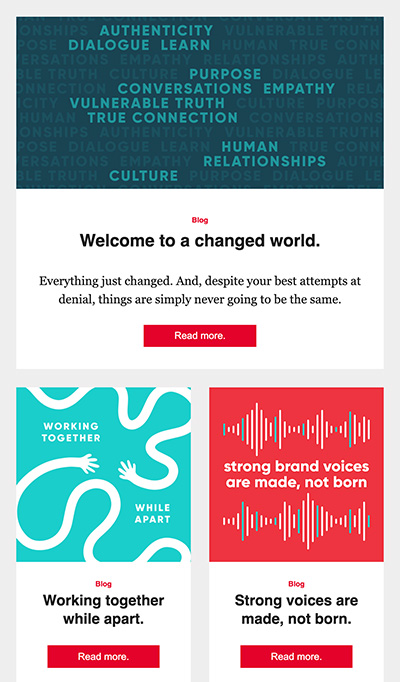Welcome to the Player Empowerment Era
The shift from spokesperson to brand.

An athlete as the face or spokesperson of a brand isn’t a new thing. It’s a relationship we all recognize — consumer meets athlete, brand gives athlete a truckload of cash, athlete tells consumer how much they love a company or product. Simple.
There have been obvious fits (such as J.J. Watt telling you how Gatorade is part of his workout regimen) and head-scratchers (like Joe Namath explaining the benefits of Hanes pantyhose), but the strategy has always been clear: if consumers like a certain athlete, the consumer will like a brand they’re associated with…and hopefully buy the product or service.
But lately, there has been a noticeable change. A shift in power. And a new question — is the brand of the athlete now more important than the brand they’re working with?
Welcome to the player empowerment era.
Athletes are no longer a marketing tool or gimmick to be used. They have removed the middle man and built brands unto themselves. Athletes aren’t looking to just endorse, they’re looking to partner.
If you are Kevin Durant, Lebron James, or Steph Curry, you are thinking bigger than a signature shoe — all three now have production companies making television shows, digital content for streaming platforms, and even movies. They’re principal investors in restaurants, technology companies, and clothing lines.
Partnering with a brand is about expanding the athlete’s portfolio and influence, all while being a step to bigger and better things.
What does this mean for brands?
In short, access to emotion.
If you want to connect with consumers on an emotional level, one of the most effective things you can do is align with causes that are important to them. This is a tricky thing for a company to do well, but partnering with an athlete and empowering their efforts is a way to align themselves with the things their consumers are most vocal about. Nike is not necessarily taking a stand, but they are empowering Colin Kapernick to take a stand.
What can we learn from this?
The biggest thing we know about advertising is still true: connection happens at a human level.
Consumers don’t wake up in the morning thinking about their favorite brand. Faceless companies don’t stir emotion. People do.
In a connected world, it’s not enough to simply have a celebrity spokesperson. Consumers are too savvy and too invested in the people they care about, the athletes they cheer for, to feel something for a company that handed over cash for an appearance fee.
As much as things have changed, it’s still about people first. The only difference is that now the people who used to get paid to be on a box of Wheaties are starting to realize that the power they hold in the equation is so much larger than ever before.


